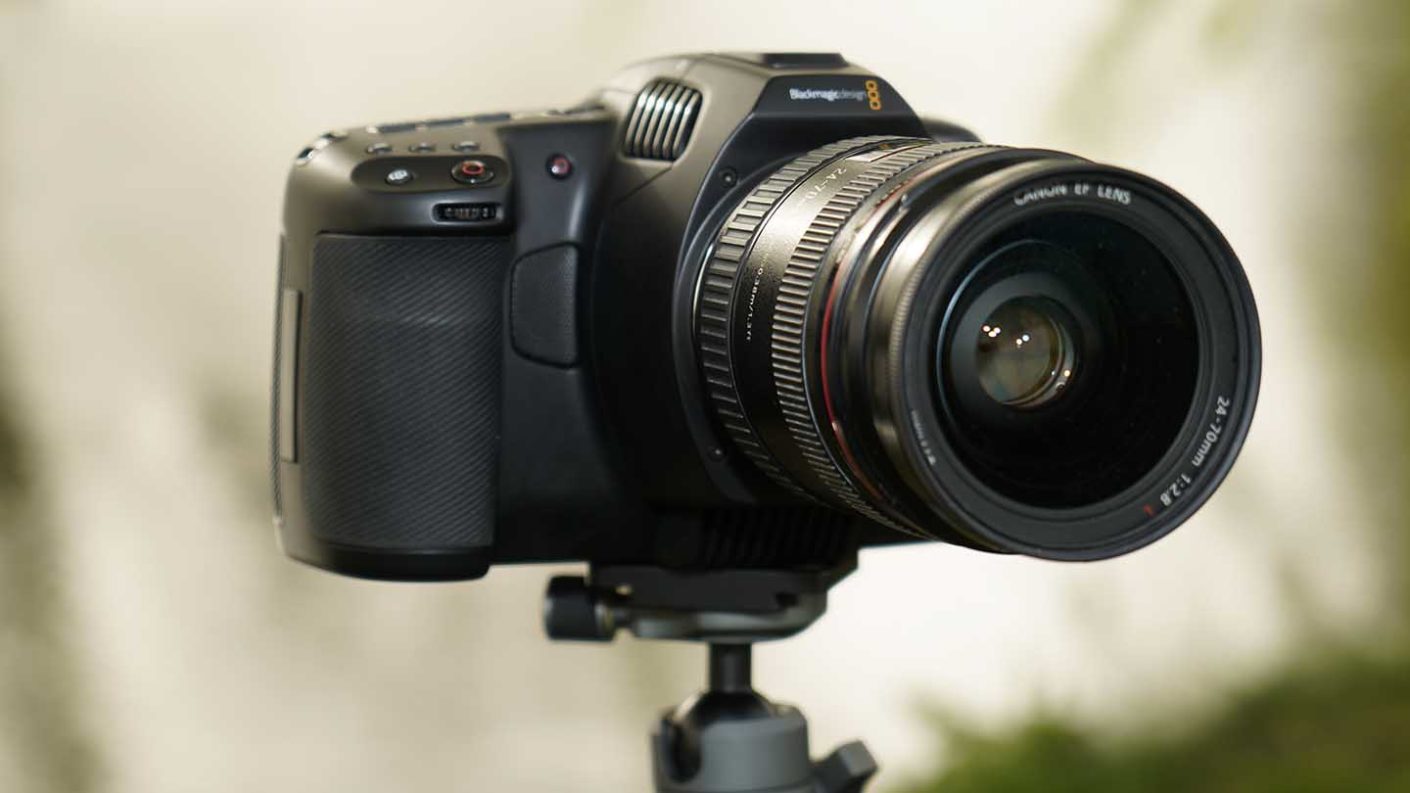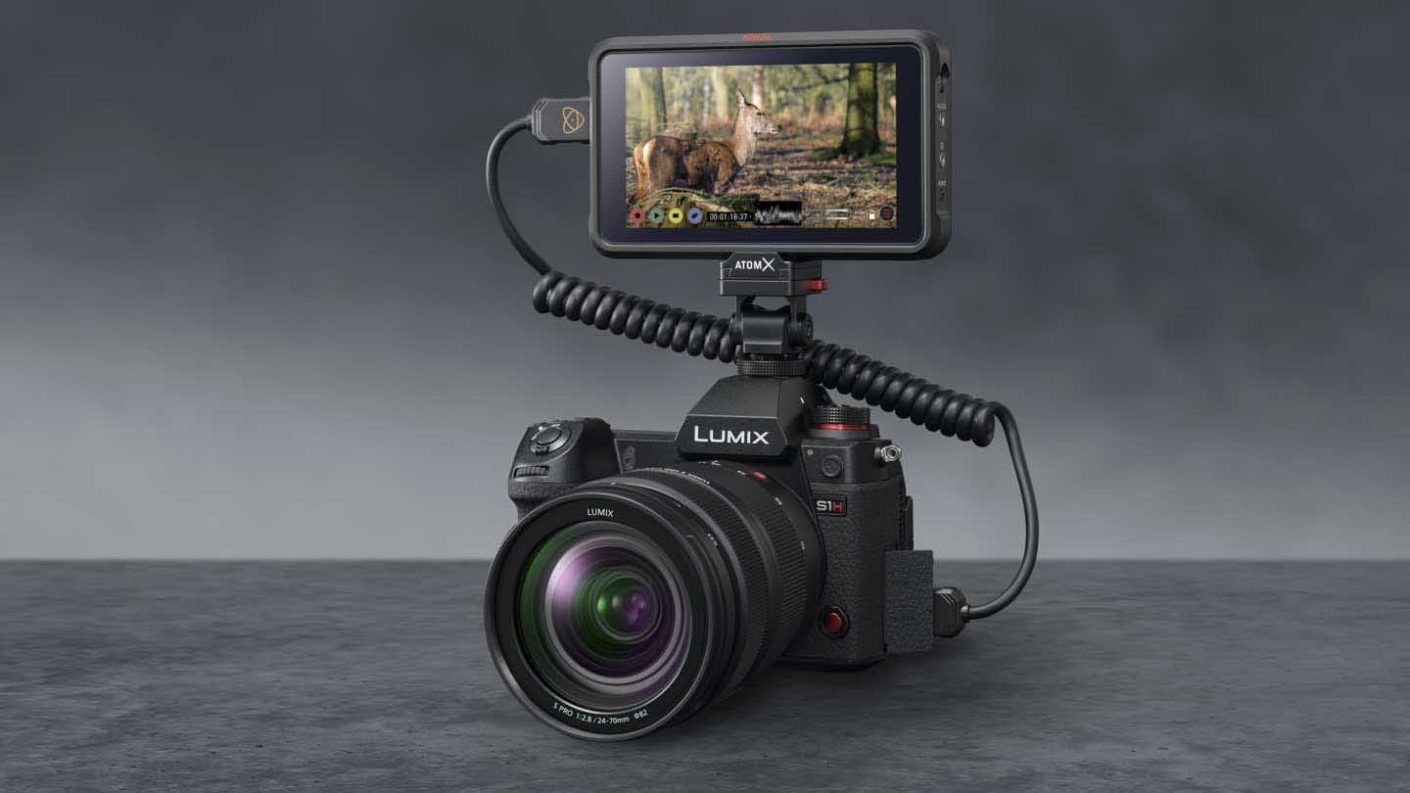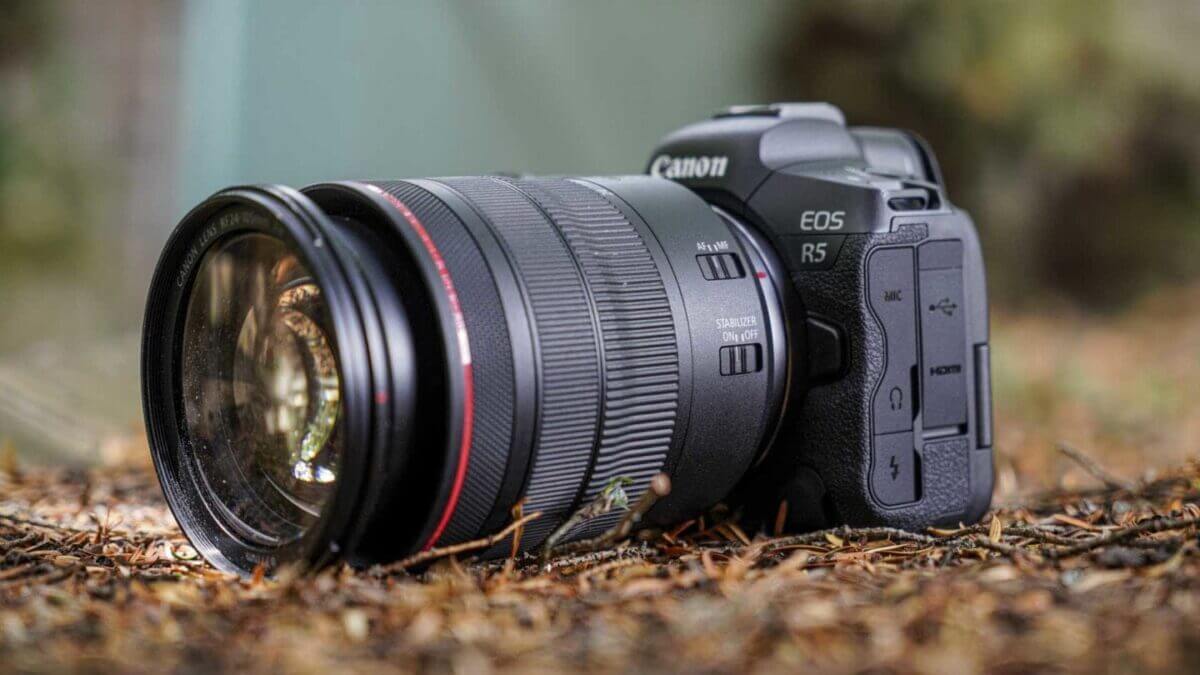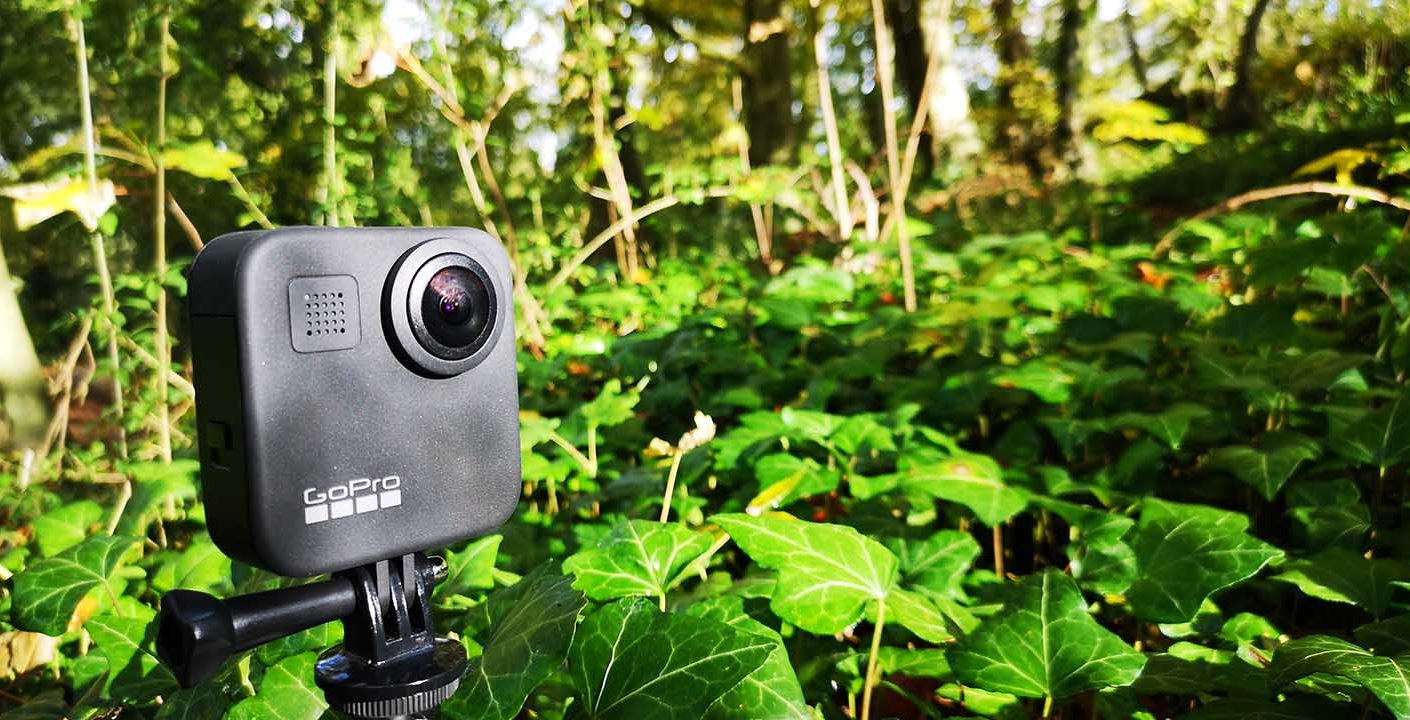Which cameras shoot 6K video? Ever since Canon launched the Full HD-capable EOS 5D Mark II in 2008, the video mode has become just as important a specification on a camera as its stills capabilities. In recent years 4K video has come to replace Full HD as the industry standard, but now we are seeing new cameras that can record 6K video – even 8K, in the case of the Canon EOS R5.
6K resolution equates to 6144 x 3160 pixels. In contrast, 4K resolution is 3840 x 2160 pixels. This means that on cameras that shoot 6K video you are getting more than a third more resolution.
In this buyer’s guide we’ll list which cameras shoot 6K video and explain why you might want to shoot 6K video rather than 4K.
Why shoot 6K video?
You may be asking yourself, why would I shoot 6K video when there are no 6K TVs yet and I’ll only be able to watch my footage in 4K? The answer is flexibility. Filming in 6K gives you more pixels and more options to crop and downsample your footage.
If you film in 4K and then crop into that footage, you’re left with lower resolution video. But if you start with 6K video you can be more aggressive in your editing. The extra resolution gives you more space with which to work if you’re planning to output to 4K.
Putting this into a real life scenario, imagine you are filming an advert for a brand that wants to use your video across multiple media. Shooting 6K video gives you that flexibility to crop without losing quality. .
Likewise, if you want to pull stills from your footage, filming 6K video again gives you more options. Image quality will be higher, and you’ll be able to crop heavily into the frame without sacrificing too much of that quality.
There are some downsides of filming in 6K, of course. File sizes are much larger, demanding more storage capacity. You’ll need more expensive memory with faster read and write speeds. But the flexibility it affords in post-production is worth it.
Read on to find out which cameras shoot 6K video. For a deeper dive into the many different camera types and features available, check out our range of camera buying guides.
Blackmagic Design Pocket Cinema Camera 6K Pro

Specification
- Effective Sensor Size: 23.10mm x 12.99mm (Super 35)
- Lens Mount: Active EF mount.
- Lens Control: Iris, focus and zoom on supported lenses.
- Dynamic Range: 13 Stops
- Dual Native ISO: 400 and 3200
- Shooting Resolutions: 6144 x 3456 (6K) up to 50 fps, 6144 x 2560 (6K 2.4:1) up to 60 fps, 5744 x 3024 (5.7K 17:9) up to 60 fps, 4096 x 2160 (4K DCI) up to 60 fps, 3840 x 2160 (Ultra HD) up to 60 fps, 3728 x 3104 (3.7K 6:5 anamorphic) up to 60 fps, 2868 x 1512 (2.8K 17:9) up to 120 fps, 1920 x 1080 (HD) up to 120 fps
- Built in ND Filters: Four position ND filter with clear, 2‑stop, 4‑stop and 6‑stop IR ND filters.
- Focus: Auto focus available using compatible lenses.
- Screen Dimensions: 5-inch 1920 x 1080.
- Screen Brightness: 1500nits
- Total Video Outputs: 1 x HDMI up to 1080p60
- Analog Audio Inputs: 2 x mini XLR analog switchable between mic with phantom power support and line level (up to +14dBu). 1 x 3.5mm Stereo Input. Can also be used for Timecode input.
- Media: 1 x CFast card slot, 1 x SD UHS‑II card slot, 1 x USB-C 3.1 Gen 1 expansion port for external media for Blackmagic RAW and ProRes Recording.
Building on the success of its Pocket Cinema Camera 4K, Blackmagic’s new 6K model offers a 6K HDR image sensor that records up to 50fps at 6144 x 3456 16:9 or 60fps at 6144 x 2560 2.4:1 and 60fps at 5744 x 3024 17:9. For higher frame rates they can window the sensor and shoot up to 120fps at 2.8K 2868 x 1512 17:9. Users can even work in true anamorphic 6:5 using anamorphic lenses in 3.7K 60 fps at 3728 x 3104.
As well as those staggering frame rates and resolutions, the Blackmagic Pocket Cinema Camera 6K provides 13 stops of dynamic range and an EF lens mount that accommodates glass from Canon, Zeiss, Sigma and Schneider.
Also on board is Blackmagic’s dual native ISO up to 25,600, which enables the camera to capture noise-free footage in low light. We saw this on the Pocket Cinema Camera 4K, and it was astounding.
The real unsung benefit here is that you can film in 6K, but in post-production you can zoom in and re-compose for better composition without sacrificing image quality.
£1879
$2495For
- Packed with features
- Incredible quality video
- Unbelievable price
Panasonic S1H

Specification
- Sensor: 24.2MP full frame CMOS
- Video: 6K (5.9K) 3:2 24p, 5.9K 16:9 up to 30p, C4K/4K UHD up to 60p
- Autofocus: 225-area DFD contrast AF
- ISO: Dual Native ISO; 100-51,200 (50-102,400 exp.)
In early 2020 Panasonic announced that via a strategic partnership with Atoms it had developed new firmware for the Lumix S1H that enables the camera to output a maximum 5.9K/29.97p RAW video data to the Atomos Ninja V.
Shortly after this announcement, the Panasonic S1H became the first ‘Netflix-approved’ camera on the market.
The S1H is aimed at serious filmmakers, but its price tag is under the the £4,000 threshold, and it packs some serious firepower.
Panasonic’s flagship full-frame mirrorless camera offers 6K video recording and 10-bit 60p 4K/C4K, aided by a 35.6 x 23.8mm, 24.2-megapixel full-frame CMOS sensor. It can record 6K at 24p at a 3:2 aspect ratio, 5.9K at 30p in 16:9, as well as 10-bit 4K/Cinema 4K footage at 60p using the Super 35mm image area.
As if that isn’t enough, it can record 4:2:2 10-bit 4K footage at 30p over the full image area.
The Panasonic S1H also delivers 14 stops of dynamic range – the same as Panasonic’s cinema cameras – along with a slew of other video specifications aimed at professionals such as Panasonic’s V-Log/V-Gamut log modes, HDR in HLG (Hybrid Log Gamma), 4:2:2 10-bit HDMI output and Anamorphic 4:3 modes.
For
- Shoots 6K raw
- Records 4K at 60p
- 14 stops dynamic range
Canon EOS R5

Specification
- Camera Type: Mirrorless
- Announced: 9th July 2020
- Sensor: 45Mp Full-frame Dual Pixel CMOS AF II
- Processor: Digic X
- Lens mount: RF
- Sensitivity range: Stills: ISO 100-51,200 expandable to ISO 50-102,400, Movies: ISO 100-25600, expandable to ISO ISO 51,200
- Metering: 384-zone metering with Evaluative metering (linked to All AF points), Partial metering (approx. 6.1% of viewfinder at centre), Spot metering: Centre spot metering (approx. 3.1% viewfinder at centre), Centre weighted average metering
- Shutter speed range: 1/8000sec-30 seconds and Bulb
- File formats: Raw + Jpeg/HEIF, MP4
- Maximum continuous shooting rate: Mechanical shutter: 12fps, Electronic shutter: 20fps
- Maximum video resolution: Uncropped, internal raw recording 8K video at up to 29.97fps in 4:2:2 10-bit in Canon Log (H.265) or 4:2:2 10-bit HDR PQ (H.265), Uncropped internal recording 4K video at up to 119.88fps in 4:2:2 10-bit in Canon Log (H.265) or 4:2:2 10-bit HDR PQ (H.265) 4:2:2 10-bit in Canon Log or 4:2:2 10-bit HDR PQ, 4K output over HDMI at up to 59.94fps
- Autofocus system: Dual Pixel CMOS AF II phase detection with 5940 points in stills and 4500 points in movie mode
- Viewfinder: 0.5-inch 5.76million-dot OLED electronic viewfinder with 120fps display and 0.76x magnification
- Screen: 3.15-inch 2.1-million dot vari-angle touchscreen
- Autofocus: Dual Pixel CMOS AF II with Advanced Animal AF (recognising dogs, cats and birds) supported in all video modes with 100% coverage and up to 1053 'AF segments'
- Stabilisation: In-body image stabilisation (IBIS) that works with lens IS and enables up to 8-stops of shutter speed compensation
- Storage: Dual slots, 1x CFexpress, 1x SDXC UHS-II
- Dimensions: 135.8 x 97.5 x 88mm
- Weight: 650 g / 738 g with card and battery
The Canon EOS R5 is actually capable of shooting 8K raw video at up to 30fps, and it’s a great option if you’re looking for 6K or higher resolution. Its 45-megapixel sensor captures incredible detail and offers a wide dynamic range. The still image quality is also excellent all the way up to around ISO 25,600.
While 8K video is of limited appeal at the moment, the R5 is capable of producing superb results. That 8K footage can be downsampled to produce some stunning footage.
Like the Canon EOS R6 announced at the same time, the EOS R5 has 5-axis in-body image stabilisation. In the R5 it enables shutter speed compensation of up to 8EV.
You also get Canon’s Dual Pixel CMOS AF II with 1053 Points across the frame.
£4199
$3899For
- 45Mp full-frame sensor with full AF coverage
- 12fps/20fps continuous shooting with continuous AF
- Uncropped internal 8K video recording for up to 20 minutes
GoPro Max

Specification
- Cameras: Dual 18MP Source / 16.6MP Stitched
- Stabilisation: HyperSmooth stabilisation
- Video Resolution: 5.6K at 30fps
Officially, the GoPro Max can shoot 360 video in 5.6K resolution at 30fps. This is actually 6K footage when recorded, but it renders at 5.6K after it is stitched in-camera.
The Max is full of excellent features, such as its Reframe mode, which allows you to pick any vantage point within your 360 footage and follow that as a standard-format movie.
You can also swap from 360 to Hero mode where the Max functions as an action camera using just one of its dual lenses – resolution here is limited to 1440p at 60fps or 1080p at 60fps, but the image quality is still superb.
The Max also supports HEVC video format, which produces smaller files while prioritising image quality.
For vloggers, the Max also lets you swap between lenses when filming in Hero mode. This means you can speak to the lens facing you, then swap to the other to show something off-screen.
£479
$464For
- Shoot full 360º video
- Features HyperSmooth image Stabilisation
- Reframe your video for 1080p or 4K output




Leave a Reply